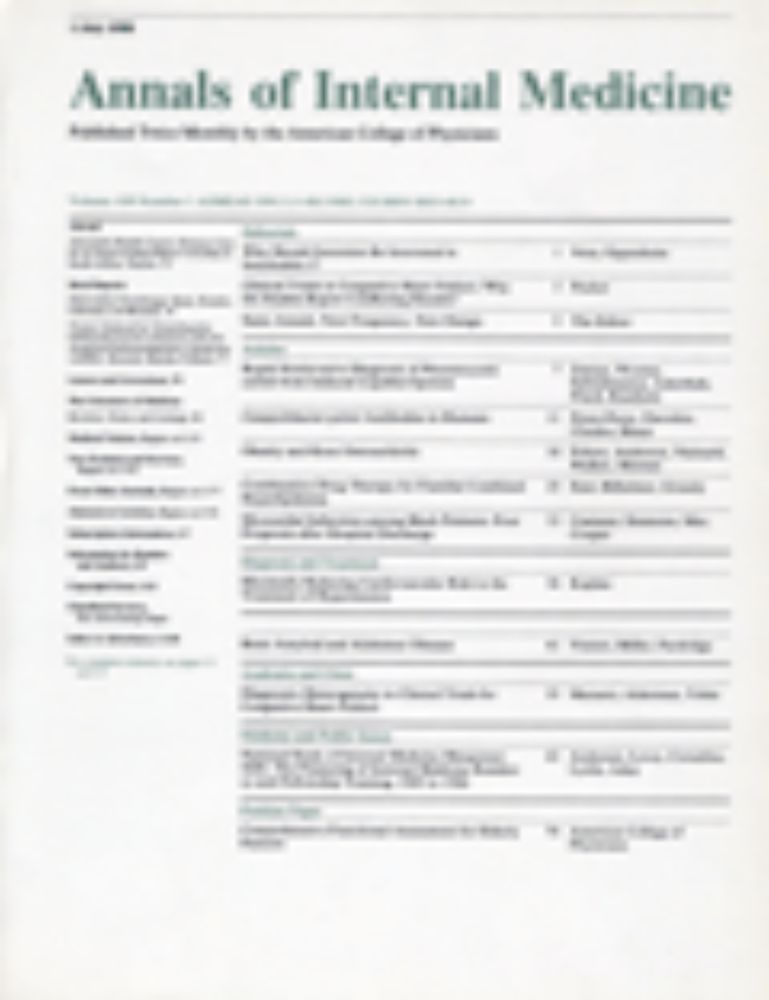Wouter van Amsterdam
@vanamsterdam.bsky.social
1.3K followers
250 following
41 posts
machine learning, causal inference, healthcare - assistant professor in dep. of Data Science Methods, Julius Center, of University Medical Center Utrecht, the Netherlands; wvanamsterdam.com
Posts
Media
Videos
Starter Packs
Reposted by Wouter van Amsterdam
Nan van Geloven
@gelovennan.bsky.social
· Aug 11

The Risks of Risk Assessment: Causal Blind Spots When Using Prediction Models for Treatment Decisions | Annals of Internal Medicine
Clinicians increasingly rely on prediction models to guide treatment choices. Most prediction models, however, are developed using observational data that include some patients who have already receiv...
www.acpjournals.org
Reposted by Wouter van Amsterdam
Reposted by Wouter van Amsterdam
Nan van Geloven
@gelovennan.bsky.social
· Dec 30

Postdoc Biomedical Data Scientist / Biostatistician | LUMC
In this postdoc position at LUMC, you will work on groundbreaking research that enhances the transparency and trustworthiness of decision support algorithms in healthcare. This position allows you to ...
www.lumc.nl








